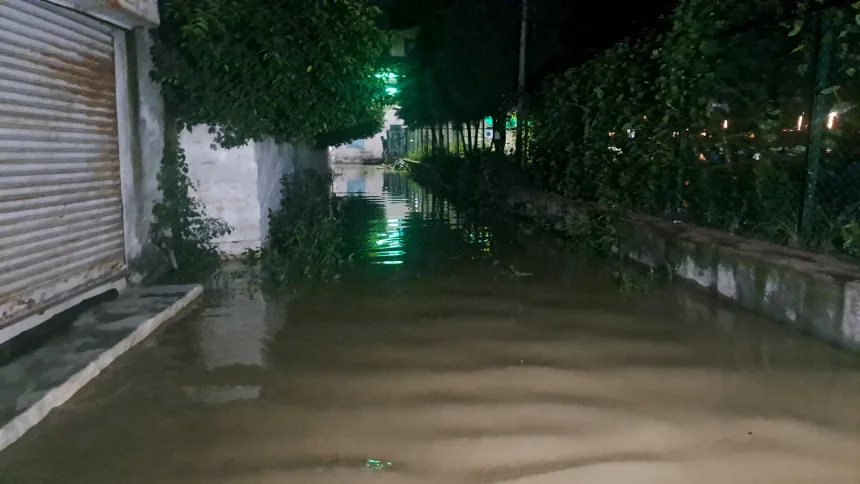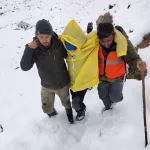Srinagar, Aug 29: Heavy rain days brought the Jhelum to the brink of danger levels on Wednesday, bringing back memories of the devastating 2014 floods. Though the water level has receded now, experts and residents claim the valley is still at risk.For three hectic days, residents of Srinagar and south Kashmir watched swollen waters and posted updates late at night. On Wednesday, the Jhelum crossed the danger level at Sangam in Anantnag before receding. Several areas in Srinagar and Anantnag experienced waterlogging, with residents having to pump water out of their neighbourhoods.”I used to keep the belongings and documents of my three children in a bag in front of the door,” Shabnum, who resides in Srinagar’s Kursun, said. “All night long, I used to think, if the water enters, where do we go?”The officials said that some parts of Jammu received over 300 mm of rain within 48 hours, one of the longest spells in recent times. State Disaster Response Force (SDRF) personnel were dispatched to vulnerable spots, and cautionary advisories were sent advising people to remain vigilant.“This time our systems performed better than in 2014, with real-time monitoring of river gauges,” said a senior official in the irrigation and flood control department. “But another few hours of torrential rain could have created a crisis.”Although assurances have been made officially, residents claimed flood protection measures vowed after 2014 are still pending. Dredging of the Jhelum is incomplete, and wetlands that used to soak up excess water have dwindled because of construction. “Floodplain encroachment is suffocating the river,” said Bashir Ahmad of Hokersar.Meanwhile, more concentrated clusters of rainfall due to climate change are raising the threat of flash floods.”In Kursu Rajbagh, where SDRF personnel supported families on Wednesday, residents groused that drainage systems were clogged up on Wednesday. “Even a routine shower overflows our lanes. Just think of what an actual flood will do,” complained Abdul Rahman, a retired government official.Experts also identify the encroachments of Hokersar wetland, which was Srinagar’s natural flood basin. “Restoring wetlands is more cost-effective and less risky than constructing concrete embankments,” said environmental activist and advocate Nighat Shafi.The recent downpours also reflected the lack of a genuine early-warning system. Social media or word of mouth is what most residents rely on for news. “By the time there is a statement, water might already be seeping into houses,” Shabnum said.As waters recede, people are scrubbing homes and businesses, and farmers are surveying crop damage. But worry about being prepared continues. “We escaped this time,” said shop owner Nazir Ahmad in Lal Chowk. “But how long shall we keep escaping?”
Kashmir narrowly avoids flood crisis this time, but concerns linger
Experts warn of risks due to incomplete flood management, climate change

Aatif Qayoom is a Senior Correspondent at Rising Kashmir, covering crime, tourism, sports, and various social issues across Jammu and Kashmir. Known for his accurate and ground-based reporting, he highlights stories that matter to people.
Leave a Comment Leave a Comment





